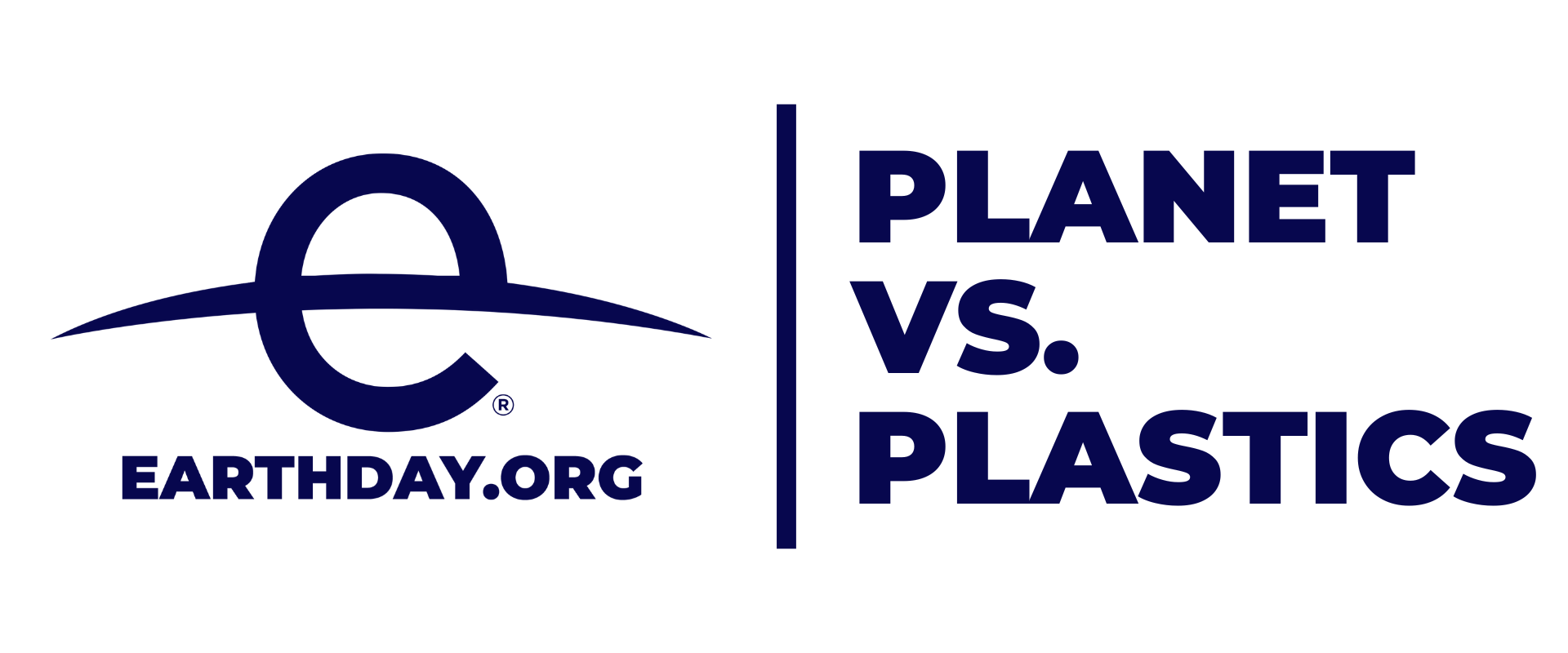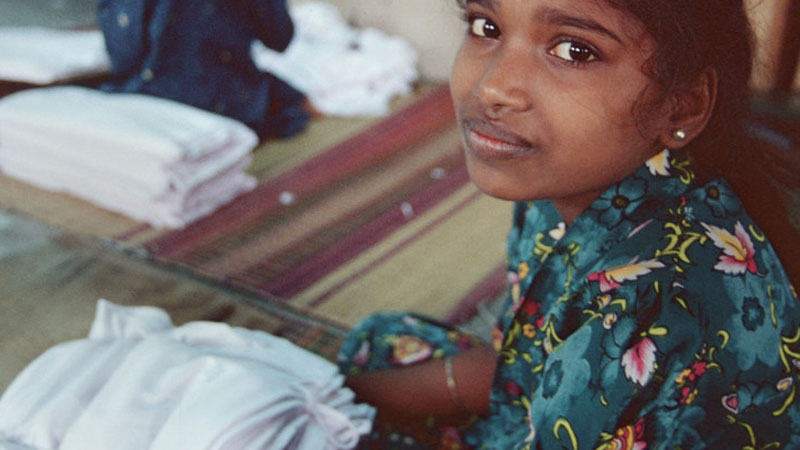|
|
|
Hi, In 1999, the United Nations adopted the Worst Forms of Child Labour Convention, establishing the World Day on June 12th.1 25 years later, despite being universally ratified in 2020, child labor continues in the fashion industry, from entire families mining mica, an essential mineral found in shimmery makeup products, for 3-4 USD a day2; to children as young as 6 working 18-hour days and sleeping in private garment construction factories in Thailand.3 Conditions of child labor in the fashion industry often involve bondage and indentured servitude, trafficking, a lack of adequate sleep, food, and access to education — all of which violate the UN’s Universal Declaration of Human Rights. That’s why we’re demanding that the fashion industry must change. Make your voice heard and ask the government to take action today. Consumer demand, increasingly competitive pricing, accelerating trend cycles, and lack of transparency, regulation, and effective enforcement foster a climate in which child labor and forced child labor can thrive. The industry won’t change on its own. We need regulation that protects children from being forced by situation or physically into the apparel industry. It’s time to show the fashion industry that we will no longer be complicit in child labor. We must demand transparency and due diligence regulations that protect children from the inhumanity of forced labor and indentured servitude. Consumers have the power to demand better from the companies they purchase from, and together we can amplify our voices and drive change. Add your name to 10,000 others and demand that the fashion inudstry must change. For the children, Shelley Rogers Footnotes: 1. United Nations: https://www.un.org/en/observances/world-day-against-child-labour 2. Behind the Glitter: Child Labor in Mica Mining by Brando Baranzelli: https://www.youtube.com/watch?v=QjsYodlevlw 3. Bureau of International Affairs: https://www.dol.gov/agencies/ilab/reports/child-labor/list-of-products |
|
EARTHDAY.ORG · 1752 N St NW, Suite 700, Washington, DC
20036, United States
|

